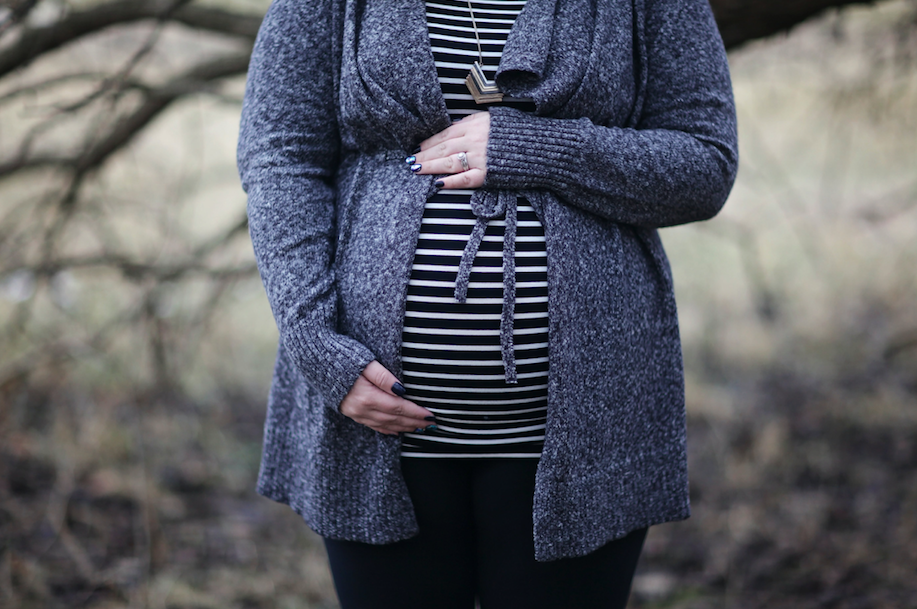Evaluation of the impact of the COVID-19 pandemic on the follow-up and treatment of pregnant women with syphilis and their partners: comparative analysis with a pre-pandemic period.
Abstract
A prospective cohort study of pregnant women with a new diagnosis of syphilis treated at the San Isidro Municipal Maternity Hospital during the 2020-2021 pandemic years was carried out. 108 pregnant women with syphilis were assisted: 69 in 2020 and 39 in 2021 with an incidence of maternal syphilis of 5.05% and 3.4% respectively. The treatment of those who finished the pregnancy at the time of this study (n=95) was adequate in 78% (74) of the cases, 16.8% (16) was inadequate and 5.2% (5) lost follow-up. 11% presented reinfection during pregnancy. Regarding the couples (n=104), 84.6% (88) had a stable relationship, 70% (73) of the couples were tested, of which 45% (33) had positive vdrl and were treated 88% (29). The results of the study do not show significant differences in the indicators evaluated (adequate treatment and reinfection of the pregnant woman and testing/treatment of the partner) when comparing the periods 2018-2019 vs 2020-2021.
Downloads
References
2. Behavioral Counseling Interventions to Prevent Sexually Transmitted Infections: US Preventive Services Task Force Recommendation Statement. JAMA August 18, 2020 Volume 324, Number 7.
3. The Diagnosis and Management of Syphilis: An Update and Review. March 2019. New York City Department of Health and Mental Hygiene, and the New York City STD Prevention Training Center.
4. Boletín Oficial de la República Argentina. Aislamiento social preventivo y obligatorio 2020. Disponible en https://www.boletinoficial.gob.ar/detalleAviso/primera/227042/20200320.
5. Anderson RM, Heesterbeek H, Klinkenberg D. How will country based mitigation measures influence the course of the COVID-19 epidemic? Lancet. 2020;395:931–934.
6. Brooks SK, Webster RK, Smith LE. The psychological impact of quarantine and how to reduce it: rapid review of the evidence. Lancet. 2020;395:912–920.
7. https://www.cdc.gov/std/statistics/2020/impactCoronavirus%20disease%202019%20(COVID%2D19,of%20the%20pandemic%20on%20STDs.
8. Diagnóstico y tratamiento de sífilis. Recomendaciones para el equipo de salud. Dirección de SIDA, ETS, Hepatitis y TBC. Ministerio de Salud y Desarrollo Social de la Nación. Argentina, 2019.
9. Recomendaciones de diagnóstico y tratamiento de las Infecciones de Transmisión Sexual de la Comisión de HIV/SIDA y de ITS de la Sociedad Argentina de Infectología. Año 2021.
10. Prevención de la transmisión perinatal de sífilis, hepatitis B y HIV. Recomendaciones para el trabajo de los equipos de salud. Dirección de SIDA Y ETS. Ministerio de Salud de la Nación Argentina. Año 2016.
11. Workowski K, Bachmann L, Chan P, et al. Sexually Transmitted Infections Treatment Guidelines. Morbidity and Mortality Weekly Report Recommendations and Reports / Vol. 70 / No. 4. July 23, 2021.
12. Hogan AB, Jewell BL, Sherrard-Smith E et al. Potential impact of the COVID-19 pandemic on HIV, tuberculosis, and malaria in low-income and middle-income countries: a modelling study. Lancet Glob Health. 2021;9:e23.
13. Irene A. Stafford, MD; Jennie O. Coselli, MD; Danielle. STI and Adverse Perinatal Outcomes Before and During the COVID-19 Pandemic. JAMA NetworkOpen.2022;5(2):e220568. doi:10.1001/jamanetworkopen.2022.0568
14. Cecchini D., 2, Ballivian J., 3, Ortiz de Zárate M., Evaluación del impacto de la cuarentena por la pandemia de COVID-19 en la transmisión perinatal del VIH en Buenos Aires, Argentina. Actualizaciones en sida e infectología. Buenos Aires. noviembre 2021. volumen 29. número 107: 104-112.
15. Organización Mundial de la Salud. Estrategia Mundial del Sector de la Salud contra las Infecciones de Transmisión Sexual 2016-2021: Hacia el Fin de las ITS. . https://apps.who.int/iris/bitstream/handle/10665/250253/WHO-RHR-16.09-spapdf?sequence=1.
16. Guía de la OMS sobre detección y tratamiento de la sífilis en embarazadas. Washington, D.C.:Organización Panamericana de la Salud; 2019.
17. Dirección de Respuesta al VIH, ITS, Hepatitis Virales y Tuberculosis. Ministerio de Salud de la Nación. Respuesta al VIH y las ITS en Argentina. Boletín N°38. Año XXIV, Diciembre 2021;Available from: https://bancos.salud.gob.ar/sites/default/files/2021-12/Boletin-38-Respuesta-al-VIH-ITS-Argentina.pdf.
18. .Epidemiological Review of Syphilis in the Americas, December 2021, PAHO Pan American Health Organization, 2022.
19. Abordaje de la sífilis en personas adolescentes y adultas. Edición 2022. Recomendaciones clínicas para equipos de salud. Dirección de Respuesta al VIH, ITS, Hepatitis Virales y Tuberculosis, Ministerio de Salud de la Nación,
Argentina, 2022.
20. Alberto Novaes Ramos Jr. Persistencia de la sífilis como desafío para la salud pública en Brasil: el camino es fortalecer el SUS, en defensa de la democracia y de la vida. Cad. Saúde Pública 2022; 38(5):ES069022. doi: 10.1590/0102-311XES069022
21. Algoritmos de diagnóstico y tratamiento para el control de las infecciones perinatales por VIH, sífilis, hepatitis B y Chagas. Iniciativa ETMI-PLUS. Dirección de Respuesta al VIH, ITS, Hepatitis Virales y Tuberculosis, Ministerio de Salud de la Nación, Argentina, 2022.
22. Braga Rocha A. ,Leite Araújo M., Espinosa Miranda A.Management of sexual partners of pregnant women with syphilis in northeastern Brazil – a qualitative study. BMC Health Services Research (2019) 19:65. https://doi.org/10.1186/s12913-019-3910-y
23. García P., Williams E., Cárcamo C. Partner Notification Among Peruvian Pregnant Women With Syphilis. Sexually Transmitted Diseases • Volume 42, Number 8, August 2015.
24. Utilización de penicilina B como tratamiento para la prevención de sífilis congénita en el primer nivel de atención 2017. Ministerio de Salud Prov de BA.
25. Man-Li Tong, Li-Rong Lin, LI-LI Liu. Analysys of 3 Algorithms for syphilis serodiagnosis and Implications for clinical Management. Clinical Infectius Diseases 2014 ;58 (8):1116-24
26. Dirección de SIDA, ETS, Hepatitis y TBC - Ministerio de Salud de la Nación. Guía para la utilización de pruebas rápidas de sífilis 2019.http://www.msal.gob.ar/images/stories/bes/graficos/0000001566cnt-2019-09_guia-para-la-utilizacion-de-pruebas-rapidas-de-sifilis.pdf






